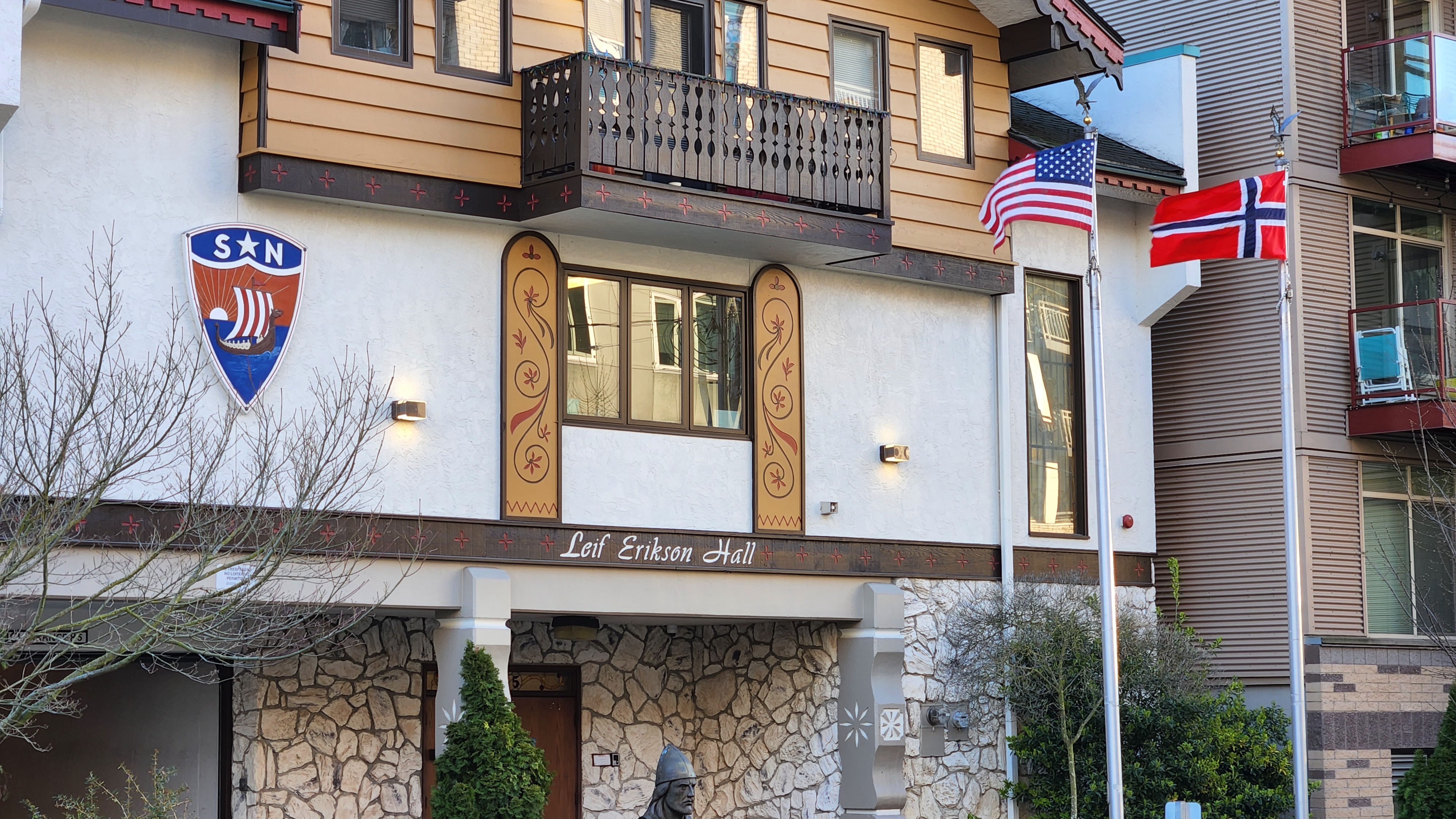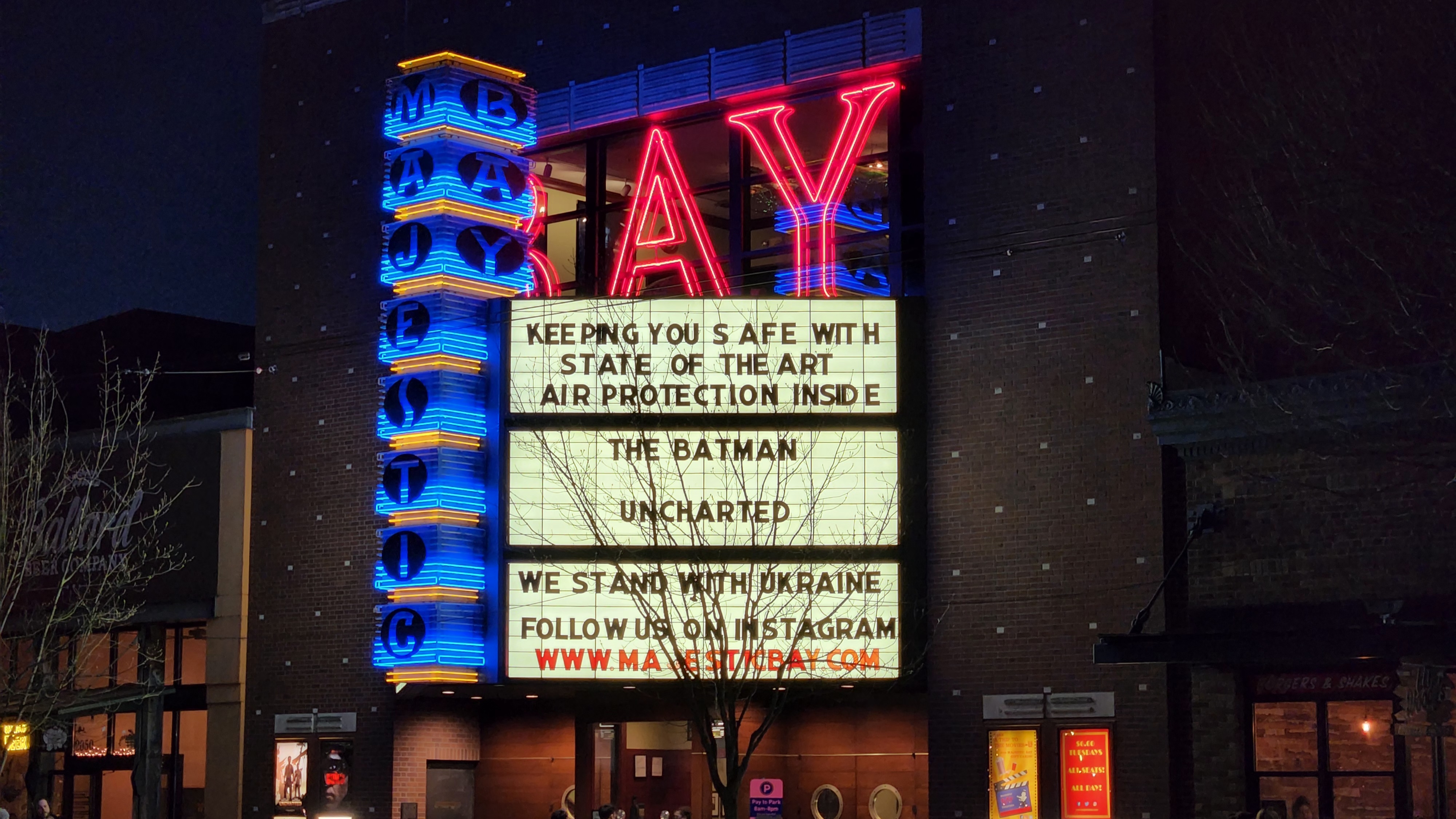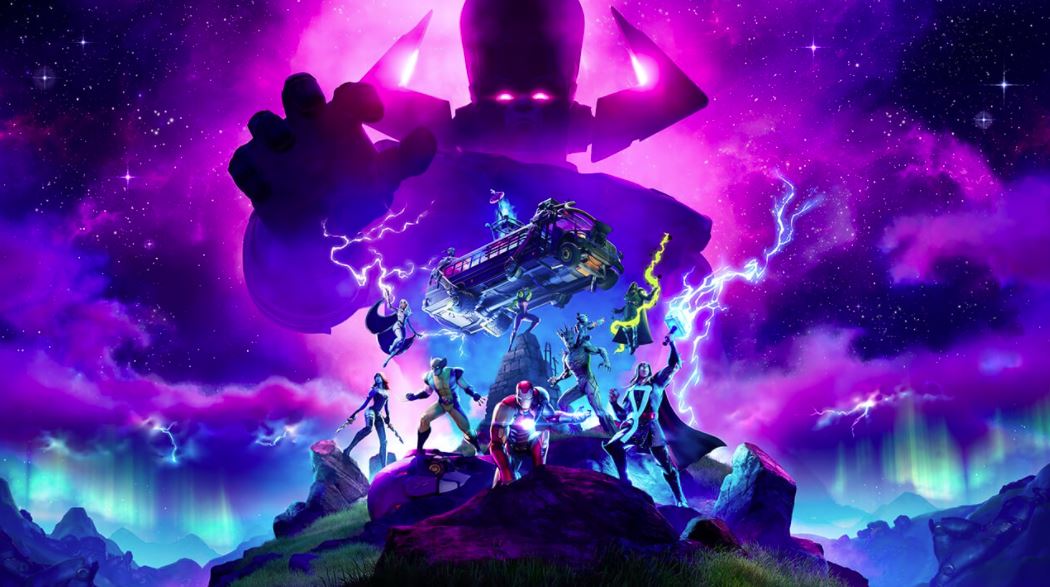Samsung Galaxy S22 vs. Apple iPhone 14: Which should you buy?
Comparing the two mobile giants' compact entry-level smartphones in performance, battery, and new features.

Petite power
Samsung's entry-level flagship phone runs the Snapdragon 8 Gen 1 SoC, a redesign that ironically gives it an iPhone-like look, a gorgeous AMOLED display, and revamped cameras with solid AI backing them. It's a speedy one-handed handset that'll please Android users.
Pros
- Brighter 120Hz display
- Hole punch and fingerprint sensor
- 50MP main camera
- Telephoto lens with 3X zoom
Cons
- Performance falls short, with possible thermal issues
- Unreliable battery life
- Delayed camera shutter

Retreading old ground
Aside from some minor differences, the Apple iPhone 14 essentially kept the same processor, display, cameras, and battery as last year's model. Despite this, Apple still kept the lead in many areas, even as it fell further behind in others.
Pros
- A15 Bionic still crushes Snapdragon 8 Gen 1
- Longer battery life
- Higher-resolution display
- 5 OS updates
- Revamped selfie camera
Cons
- Still a 60Hz display
- Stuck with the notch
- No telephoto lens
- No always-on display
- eSIM only in US
The Apple iPhone 14 is an incremental update over the iPhone 13, shipping with a few minor upgrades but otherwise looking remarkably similar to the 2021 model. So even though the Galaxy S22 is half a year older, it's newer than the 13 and still has nearly all of the same advantages and disadvantages as before. The iPhone 14 still wins for performance and battery life despite keeping the same chip, while the Galaxy S22 still has a superior display and (mostly) better cameras.
Samsung Galaxy S22 vs. Apple iPhone 14: Design and display

In our Galaxy S22 review, we remarked just how similar Samsung's new phone design was to the iPhone 13 and its "angular look" and much flatter edges, abandoning the rounded edges of most Android phones.
The iPhone 14 has nearly the exact same dimensions as the 13 — about 5.8 x 2.8 x 0.3 inches — making it pretty clear Apple stuck to its past design. Given that, the 6.1-inch iPhone 14 and 6.06-inch Galaxy S22 still look and feel remarkably similar to one another when held if you ignore the differently-shaped camera housings and logos.
On that note, Apple stuck with its distinct diagonal sensor layout, while Samsung used its traditional vertical housing. It's up to preference whether you like a standout or minimalist look; Apple's slightly wider housing makes the phone wobble slightly less on a flat surface, while the Galaxy S22 definitely wobbles without a case.
Of course, you'll probably want a Galaxy S22 case or iPhone 14 case regardless since both phones have glass backs that can easily shatter after a fall. On the front, Apple's well-respected Ceramic Shield should guard against minor scratches; the Galaxy S22 has Gorilla Glass Victus+, but our S22 reviewer has noted "unsightly scratches across the display, particularly around the selfie camera," that have developed over the past few months. You'll want a screen protector in either case if that's a concern.

For actual visual quality, both displays have their pluses and minuses. The iPhone 14 brings back the 13's vivid 6.1-inch OLED with 2532x1170 resolution (460ppi), 60Hz refresh rate, and 1,200 nits of HDR brightness. The 6.06-inch Galaxy S22 falls slightly short in resolution — 1080x2340 or 425ppi — but can hit 1,300 nits and has a 120Hz refresh rate. Plus, of course, part of the display is obscured by the notch since only the iPhone 14 Pro adds the pill-shaped Dynamic Island. But the iPhone 14's standard brightness will slightly top that of the S22, as the iPhone 13 did in Future benchmark tests.
On the one hand, 60Hz on an $800 phone is an inexplicable choice on Apple's part, given many budget Android phones can hit 90Hz or even 120Hz for hundreds less. But it does help Apple achieve a proper all-day battery life, while the smooth-scrolling Galaxy S22 is lucky to last 4 hours of screen time during regular use. So it's a matter of priorities.
Get the latest news from Android Central, your trusted companion in the world of Android
Samsung Galaxy S22 vs. Apple iPhone 14: Hardware, performance, and battery life
| Category | Samsung Galaxy S22 | Apple iPhone 14 |
|---|---|---|
| Price | $800 | $800 |
| Software | Android 12 | iOS 16 |
| Processor | Snapdragon 8 Gen 1 / Exynos 2200 | A15 Bionic |
| RAM | 8GB | 6GB |
| Storage | 128GB/256GB | 128GB/256GB/512GB |
| Display | 6.1-inch AMOLED | 1080x2340 (425ppi) | 120Hz refresh rate | Up to 1,300 nits | 6.1-inch OLED | 2532x1170 (460ppi) | 60Hz refresh rate | Up to 1,200 nits |
| Protection | IP68 water/dust resistance | Gorilla Glass Victus+ | IP68 water/dust resistance | Ceramic Shield |
| Security | In-display fingerprint sensor | Face Unlock | Face ID |
| Rear Camera 1 | 50MP Wide-angle, F1.8, 1/1.56", 1.0μm, 85° | 12MP Wide-angle, F1.5, 1.9 µm |
| Rear Camera 2 | 12MP Ultrawide, F2.2, 1/2.55", 1.4μm, 120° | 12MP Ultra-wide, F2.4, 120º |
| Rear Camera 3 | 10MP Telephoto (3x), F2.4, 1/3.94", 1.0μm | 🚫 |
| Front Camera | 10MP, F2.2, 1.22μm, 1/3.24", 80° | 12 MP, F1.9 |
| Battery | 3,700mAh | 3,279mAh |
| Charging | 25W wired, 15W wireless | 20W wired, 15W wireless |
| Connectivity | 5G (sub-6, mmWave), Bluetooth 5.2, Wi-Fi 6, UWB | 5G (sub-6, mmWave), Bluetooth 5.3, Wi-Fi 6, UWB |
| SIM card slot | Dual SIM, eSIM | eSIM only (U.S.) |
| Colors | Phantom White, Phantom Black, Green, Pink Gold, (Samsung.com exclusives) Graphite, Sky Blue, Cream, Violet | Midnight, Purple, Starlight, Product Red, Blue |
| Dimensions | 5.75 x 2.78 x 0.3in, 5.89oz | 5.78 x 2.82 x 0.31in, 6.07oz |
Thanks to Apple's skills at optimization, its iPhone 13 crushed the Galaxy S22 in benchmarks for both single-core (1668 vs. 1204) and multi-core (4436 vs. 3348) despite having just half the RAM. Later reports that the Galaxy S22 throttled 10,000 games and apps due to thermal issues with the Snapdragon 8 Gen 1 reinforced the idea that the Galaxy S22 was fast but not the fastest.
The iPhone 14 brought back the same A15 Bionic chip, which crushed Android phones for CPU performance but did struggle somewhat with graphical performance. But it's not entirely the same: Apple switched from a 4-core to 5-core GPU, and MacRumours reports that the iPhone 14 has 6GB of RAM, a 2GB jump from last year. Assuming this is true, the iPhone 14 could end up beating last year's benchmarks, especially for gaming — leaving the Galaxy S22 even further in the dust. We'll know more once we receive the iPhone 14 to review its performance for ourselves.

While the Galaxy S22 performance can't match the iPhone 14, it does compete against most of the best Android phones on the market. Its true "Achilles heel" is the battery life, which consistently lasts just 4 hours of screen time. For active users, that would mean it dies well before the end of a work day, so you end up having to keep it plugged in or keep a power brick handy.
The iPhone 14 has a smaller battery capacity, and the RAM boost could have a detrimental effect on battery life. But even taking that into account, the iPhone 13 consistently lasts across 5-6 hours of screen time with more idle time before reaching critical levels. We assume the iPhone 14 will still win the day here against the Galaxy S22's meager competition.
Once your phone runs low, the Galaxy S22 can hit 60% in 30 minutes with a compatible 25W charger, while Apple claims the iPhone 14 can hit 50% in 30 minutes with a compatible 20W charger. Considering the lower wattage and the fact that Apple still uses Lightning instead of USB-C, we give Samsung the slight edge here.
For connectivity, both phones work across most 5G bands and Ultra Wideband, as well as NFC tap-to-pay. Apple has the latest Bluetooth 5.3 standard, while the Galaxy S22 has 5.2. The differences between the two aren't significant, but each new standard does generally lead to better connectivity to accessories, and less battery life consumed.
Where Apple generated some controversy is in its decision to make the iPhone 14 eSIM only, with no physical SIM card tray. eSIM is convenient for transferring your cellular data without having to remove a physical card and also makes it more difficult for someone to gain access to your phone number. But it also hurts people using carriers that don't support eSIM or those traveling to other countries that typically swap out their SIM card to avoid roaming. Apple could have supported eSIM while keeping the physical tray but instead chose this path to try and keep customers locked into the Apple ecosystem.
Samsung Galaxy S22 vs. Apple iPhone 14: Cameras
Samsung equipped the Galaxy S22 with new camera hardware compared to the Galaxy S21: A 50MP main shooter with a better aperture for light capture and a telephoto lens with 3X zoom. Our review particularly praised the main sensor's photo quality and color reproduction, but unfortunately we found the telephoto lens "decent in certain conditions" but not consistent enough with colors.
Our reviewer's other "main gripe" with the phone is that "the time it takes between pressing the shutter button and the actual image being captured is too long," which can make you miss your moment or take a blurry photo of a fast-moving object. But if you take that into account, you can still get some excellent shots. You can see some of the sample photos below:



























The iPhone 14 cameras made minor changes from the last generation. Once again, Apple only included two 12MP sensors (main and ultrawide), reserving the telephoto lens for the iPhone 14 Pro. The TrueDepth (selfie) camera is also 12MP, but both it and the main camera have larger apertures than the last generation to bring in more light. Apple claims the main and selfie cameras offer a 49% and 38% low-light improvement, respectively.
Instead of focusing on hardware adjustments, Apple focused instead on software improvements. The new Photonic Engine is an "enhanced image pipeline" that improves low-light shots by 2.5X for the main camera and 2X for the other two cameras. It does so by enhancing its Deep Fusion technology — which captures multiple images at once and combines them into one enhanced image — by "applying Deep Fusion much earlier in the process on uncompressed images" so it retains "much more information and detail."
We can't provide any information on how well this works in practice until we can review the iPhone 14 for ourselves. But suffice to say, Apple reserved its hardware improvements for the iPhone 14 Pro, while the Galaxy S22 Ultra is also far superior. Apple and Samsung use software as a crux for these phones, which have adequate but not game-changing sensors.
Samsung Galaxy S22 vs. Apple iPhone 14: Which should you buy?

Our recommendation between the Galaxy S22 and iPhone 14 hasn't changed from when we compared the S22 and iPhone 13 earlier this year: it depends on what you're willing to compromise on.
The iPhone 14 lasts longer than the S22 per charge despite much better performance. Our iPhone 13 reviewer praised the "fantastic photos in daylight scenarios" but was more tepid about the low-light shots, so we can hope the iPhone 14 will address this one complaint. And you're guaranteed that the phone will eventually receive iOS 21 after launching with 16, while the S22 will only go from Android 12 to 16.
But it's still very difficult to get past some of Apple's consistent quirks like the notch, Lightning charging, the eSIM lock-in, and most importantly, the 60Hz refresh rate. People complained that the $450 Pixel 6a had 60Hz despite its overall excellence; it's much fairer to roast Apple for this market anachronism for an $800 phone, and it makes the beautiful display a bit harder to enjoy.
The Galaxy S22 has great cameras and the telephoto option, but the shutter speed quirk of Samsung phones shouldn't be ignored. It's harder to recommend the Galaxy S22 now when newer Android phones have the far-superior Snapdragon 8+ Gen 1 that provides much better battery life with fewer overheating issues. But many people won't mind above-average performance if it's paired with a 120Hz display and no unsightly notch.
Keeping all that in mind, both the Galaxy S22 and iPhone 14 are great one-handed phones that reserve better features for the larger phones in their lineup. If you can afford an upgrade, you may want to look at the Galaxy S22+ or iPhone 14 Pro. Otherwise, your choice will really center on which OS ecosystem (iOS or Android) you prefer.

120Hz supremacy
While Apple reserves 120Hz for its more expensive phones, Samsung delivers smooth performance on a pixel-rich display that makes it a good fit for compact streaming and one-handed gaming.

Fast performance gets faster
Despite not changing much hardware on the surface, the iPhone 14 does get a RAM boost that widens the chasm between it and Android phones, plus better low-light photography.

Michael is Android Central's resident expert on wearables and fitness. Before joining Android Central, he freelanced for years at Techradar, Wareable, Windows Central, and Digital Trends. Channeling his love of running, he established himself as an expert on fitness watches, testing and reviewing models from Garmin, Fitbit, Samsung, Apple, COROS, Polar, Amazfit, Suunto, and more.
